Do you prefer building a fence around your property?
Do-it-yourself projects, on the other hand, are becoming something with homeowners themselves. Everybody seems to be a do-it-yourself enthusiast these days. It might be one good way to save money when renovating the home and, at the same time, hone your DIY skills and get more and more confident with your talent, as each project you do gets done without help from others. Summer is right around the corner, urging us to go outside and spend time in the garden with our family and friends. Most importantly, now that social distance is no longer a choice, with everything being built out in Maryland, your yard can feel a little too close for comfort to your neighbor’s. A new fence could give you a private place outdoors that feels like an extension of your house.
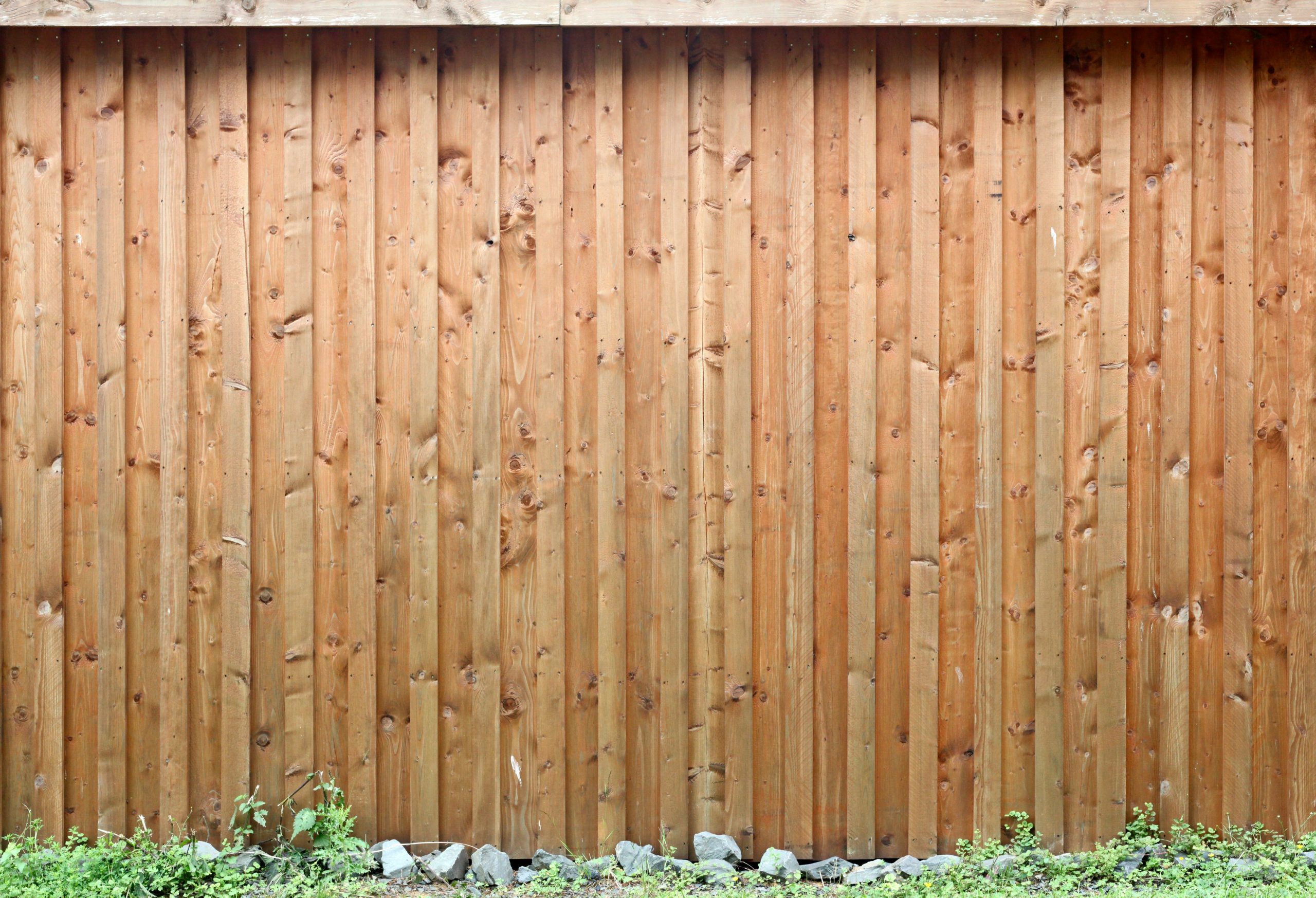
Rather, they are enthusiastic but not skilled in household tasks. I definitely fall into this category. Now that spring has arrived, houses and gardens are clamoring for attention, and it’s even more important when taking on any home renovation project, to keep in mind a few ground rules. Building a fence, however, is a tricky business. Consequently, one may find the need to hire a fence contractor for assistance.
Take, for instance, you are going to build a fence. A friend or neighbor is saying how easy it was for him to make a wall, and we all believe him. That may be true in his case but not in yours. It is valid for himself but not for somebody else. All do-it-yourself projects, for example, building a fence, will require a lot of planning and preparation to ensure they become successful. Still, do you know everything that you will need to have before you embark on such a project? After all, why make a fence when you don’t even know if you can have one? An experienced installation staff, different materials, and creative designs to fit any budget convert building a fence into a simple and hassle-free process.
It is essential to consider what type of fence you will require before construction.
People like to use privacy fencing if they prefer privacy for their outdoor living space. One necessary installation in a fence is a post; its location and installation are very important to the stability and duration of the wall. It takes measurement, digging, and setting the post in concrete in such a way that it will resist the forces of weather and time. The other thing about the fencing is that it’s not over, even if the posts are placed. Equally important are the fence panels, and it is vital, as an example, the right choice of material to be used in the construction of the fence, whether made from wood, vinyl or metal, as this can make a big difference, not only in the looks of the wall but also in its life. One will have a wooden fence for a classic look, apart from being easily placed compared to vinyl fences that need little maintenance and are particularly resistant to deteriorating elements.
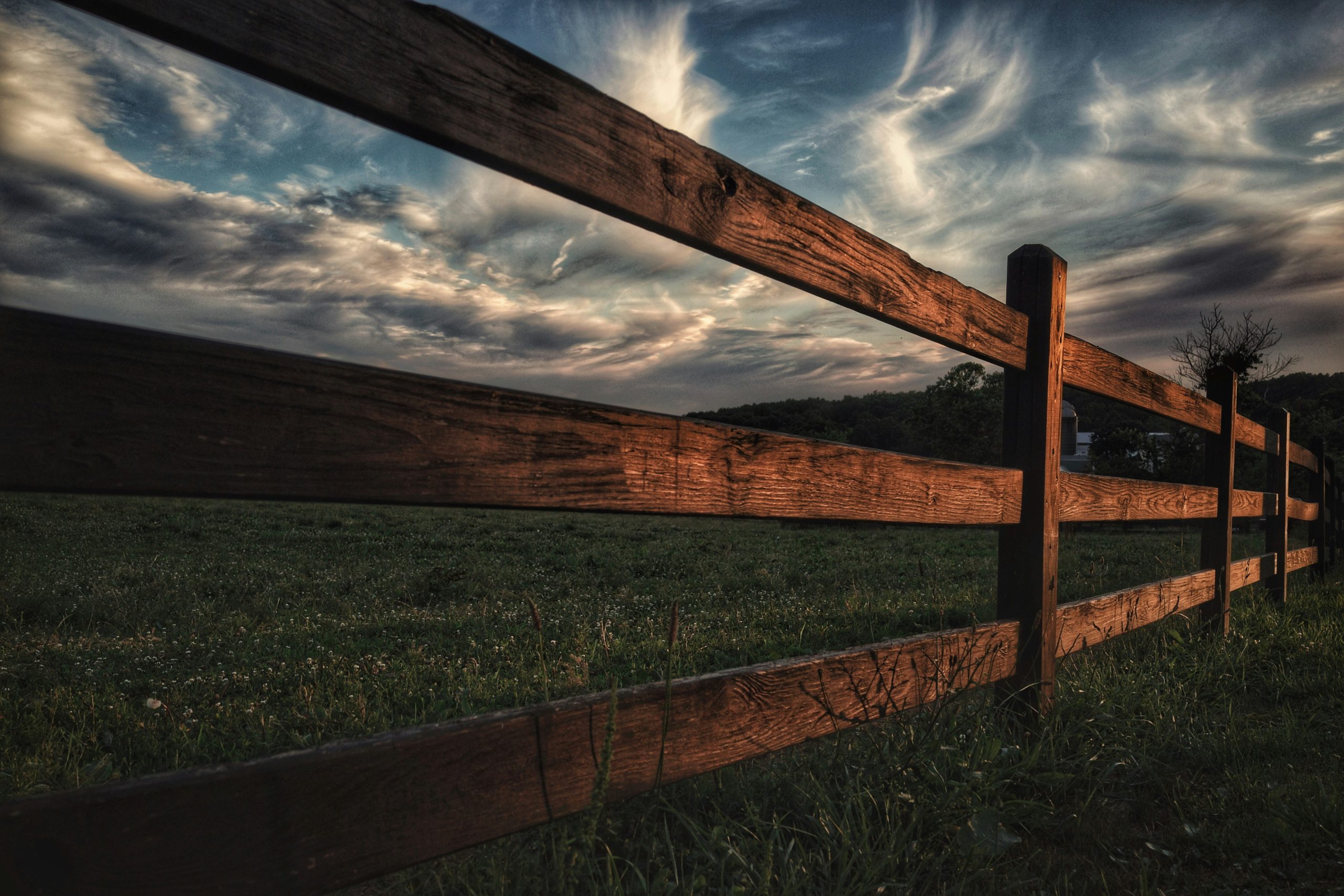
Finally, consider the overall design and function of your fence. Do you want a purely functional barrier, or are you looking to enhance your yard’s aesthetic appeal? Incorporating elements like lattice tops or decorative post caps can add a touch of elegance to your fence. Remember, proper planning and execution are key to a successful DIY fence project, but don’t hesitate to seek professional help if needed to ensure your fence stands the test of time.
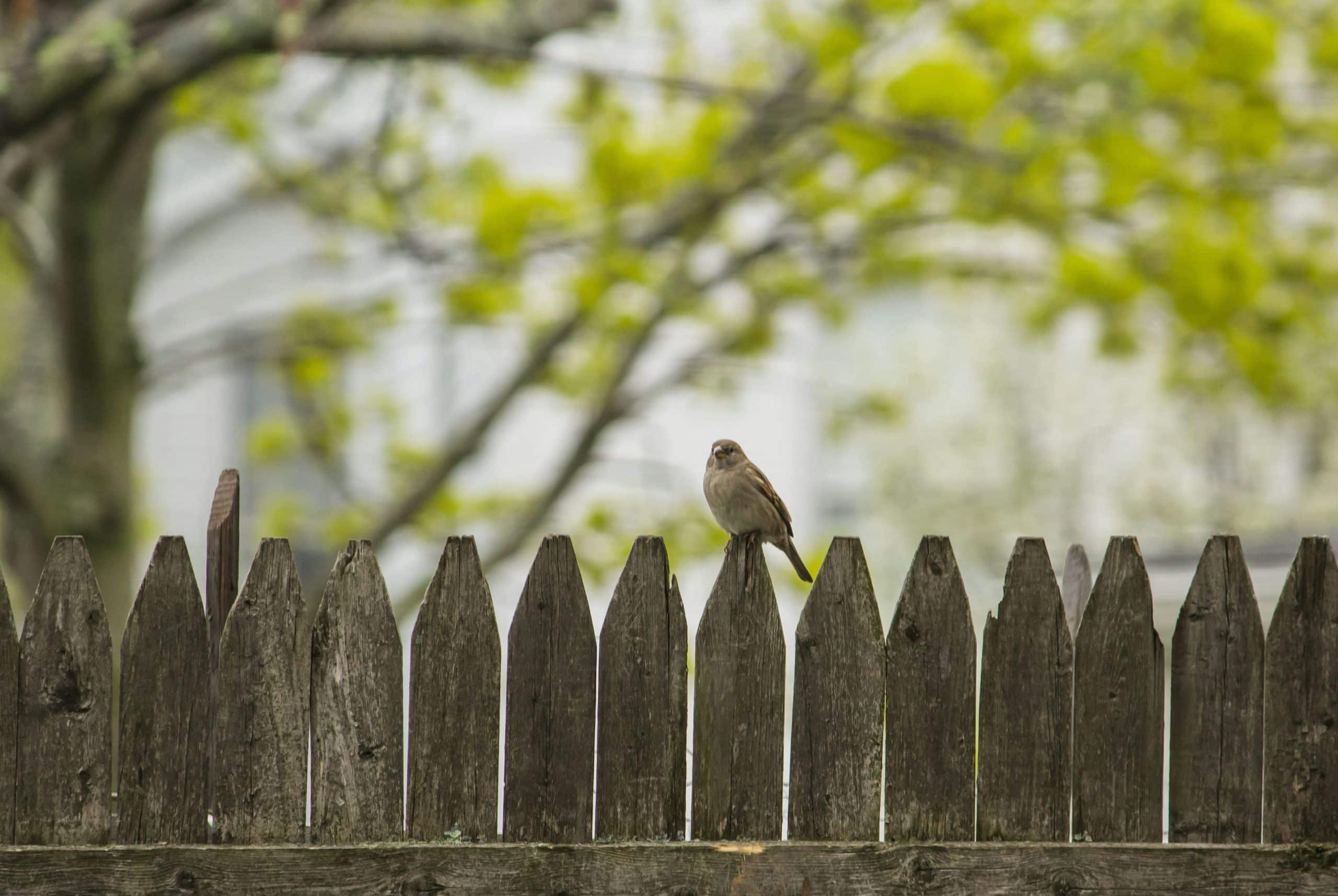
1. What Motivates Your Desire for a Fence?
There are numerous compelling reasons to construct a privacy barrier, but most people want one, so they can relax in their garden without worrying about prying eyes.
Do you and your family own any pets, particularly dogs? Many pet owners want a fence around their yard so that their animals may roam freely without worry. You may also want a fence because it looks good. The house with the white picket fence may be something you’ve always desired! Before investing in a project, think about why you want it and what you want to get out of it.
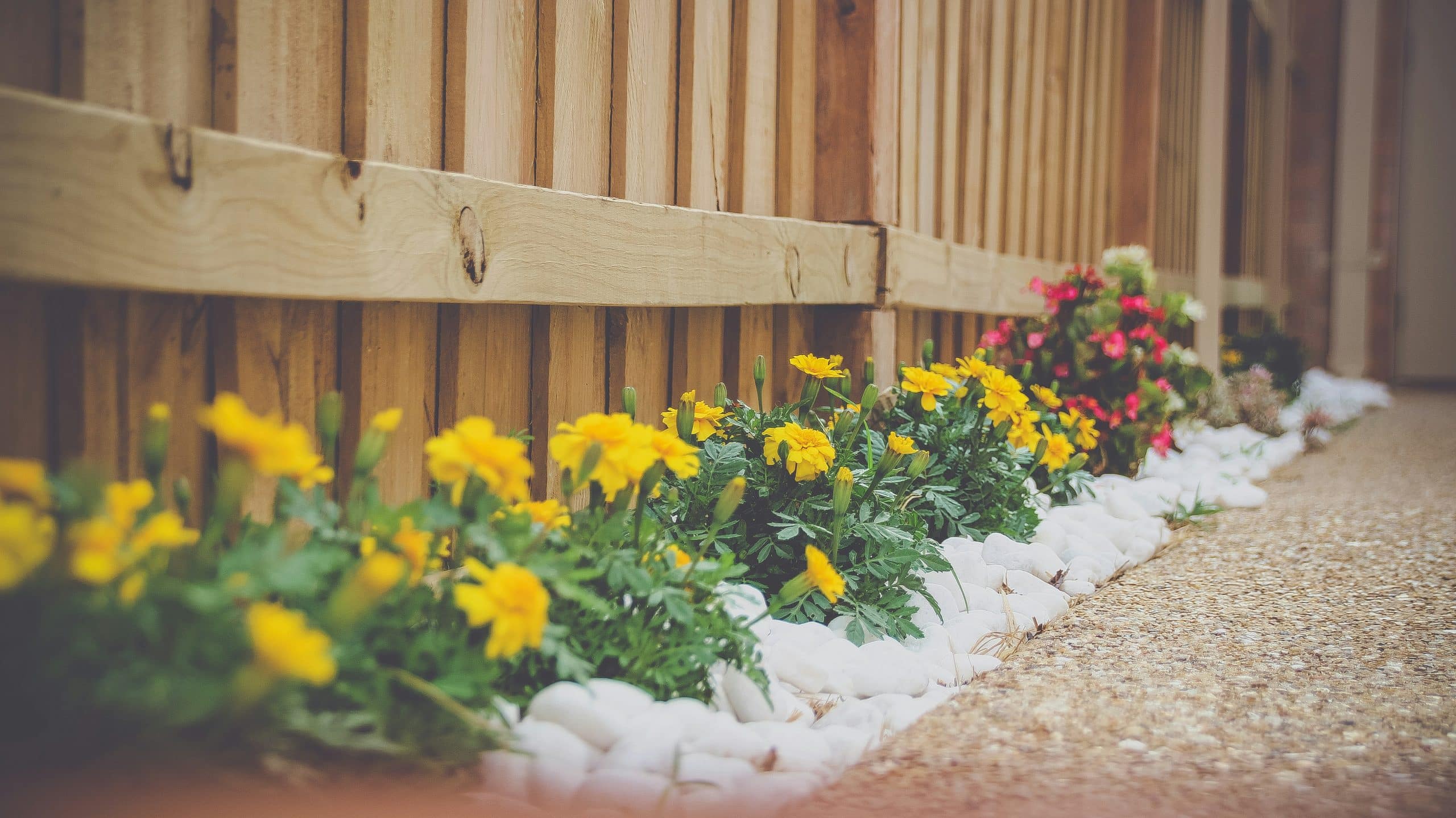
2. Identify the Materials That Are Most Appropriate for You
Wood is the most frequent material for fences, although there are many more options. Wooden fences are standard. However, they may not be the best choice for your needs. It’s worth exploring alternatives to wood because it requires regular care and maintenance to stay in good form.
Vinyl is an attractive option for those who want privacy from a fence but don’t want to maintain a wood one. The paneling can be kept clean by spraying it with a hose, and it may be molded to resemble wood.
If you don’t like wood or vinyl, there are several materials to choose from. Metal chain links, wrought iron, bamboo, or a combination of these materials can all be used.
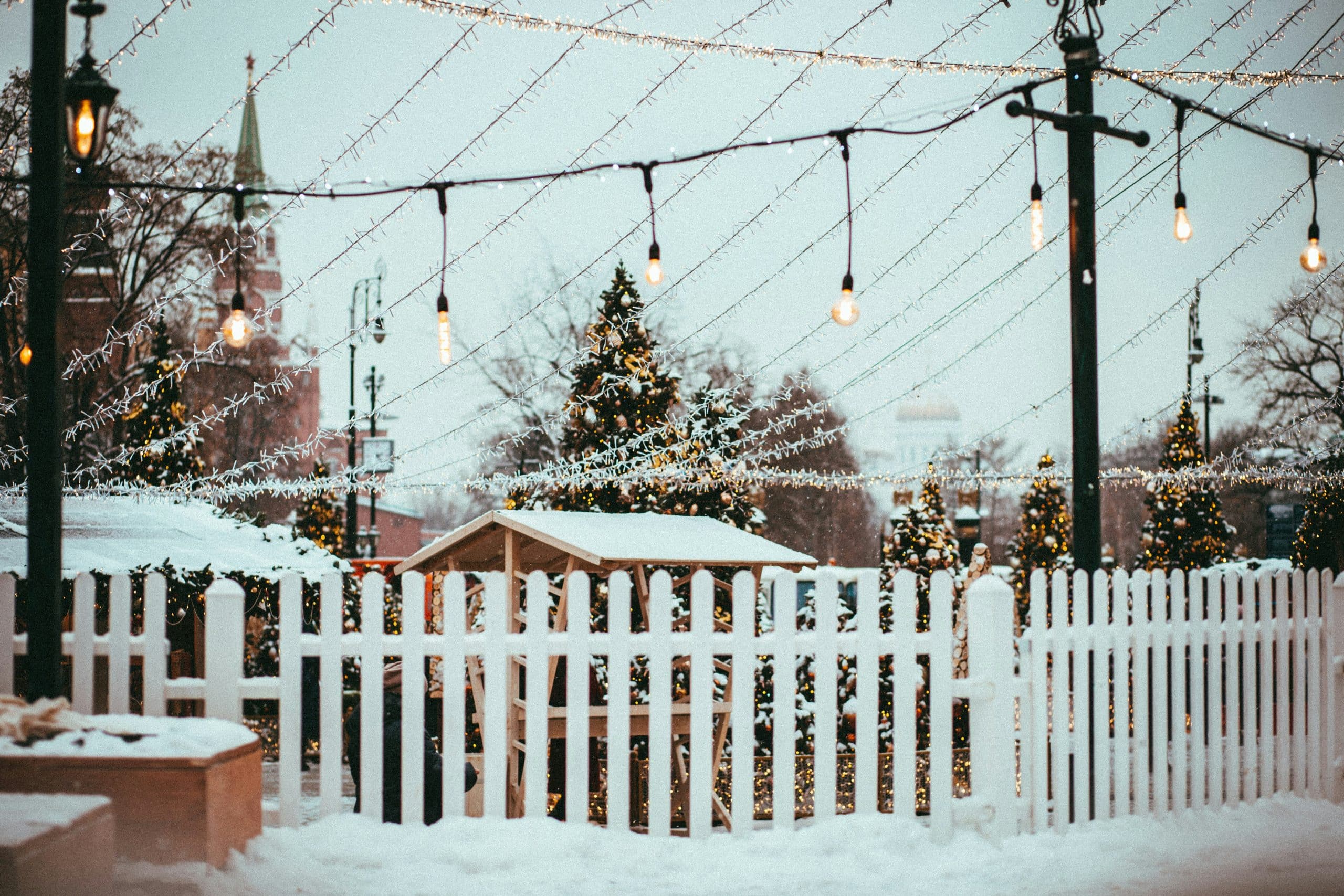
3. Your Neighbours and the Property of Your Neighbours
A friendly “heads up” goes a long way because nobody likes surprises. Talk to your neighbors about your fence plans and be prepared with information about your property’s boundaries. Remember to abide by the rules and regulations if you reside in an HOA. Making an educated guess about your property’s boundaries might lead to disputes with current or potential neighbors in the future. Also, don’t assume that your lot is perfectly square or rectangular; some properties have unusual or bizarre shapes. Wooden pegs and thread are used by fence companies like Fence & Deck Connection to identify and define the boundaries of your property. Always err on the side of caution when determining property borders!

4. Consider Your Environment
Many homeowners don’t think about the climate where they live when choosing fence materials. Still, weather forecasts significantly impact the choice of materials and the installation of the fences they choose. Consider the frost line while installing fence posts in colder locations, and use concrete anchors at least 36 inches deep.
Homeowners should stay away from woods since they are prone to flooding in hotter, wetter climates. Vinyl is the best material for areas with milder weather since it can tolerate moisture, but it will degrade quickly in high temperatures.
More durable materials are recommended if you live in an area where temperatures are often below freezing. Metal, bamboo, and some types of wood are the most durable materials in cold climates.

5. The Height of the Fence
It would be best to decide on the right fence height before making any purchases on fence materials to provide you with a sense of privacy and security. Before you start construction, make sure you know what the zoning regulations are in your area. The style and height of your home may also be restricted if you live in an area governed by an HOA. If your yard and neighbors’ yards are also on a slope, you may need to lower your planned height. There are highly trained Project Consultants that can help you determine the ideal building height for privacy. Instead of building a high fence, you should build a low one that allows you to see the surrounding environment without feeling trapped.
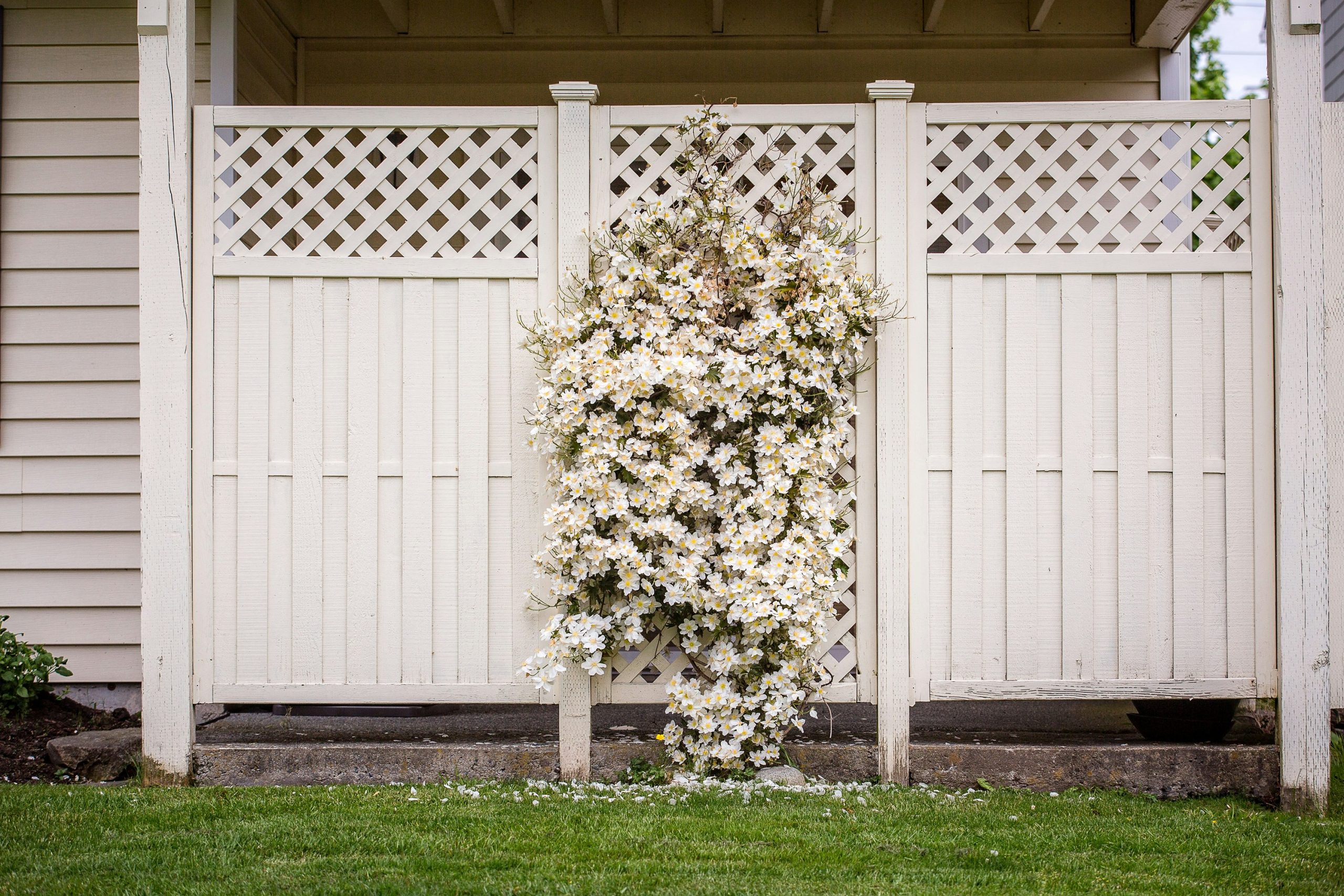
6. Make a Budget
What’s your budget for a new fence? Prices vary widely depending on the type of material you choose. According to length, height, and wood species, wood fences cost anywhere from $17 to $45 per linear foot.
Other than the essential components, you’ll also need to include them in your expenses. Are you using any special hardware? Are you planning on putting up any barriers? When it comes to painting or sealing the material, is it necessary? Consider all aspects of the project and adjust your budget accordingly.

7. Make a Landscape Design Plan
Before putting up a fence, take some time to consider your surroundings. Installation of a fence might be complicated by plants, trees, and tree roots. If you don’t want to remove any vegetation, you’ll have to be creative with the fence design. However, this may raise the labor and material costs for most fence companies.
It would be ideal if you considered any potential landscaping plans you may have in the future. Consider adding plants along your fence’s perimeter to help it blend in with the landscape. Before choosing a fence installation company, have your garden and landscaping plans available so that you can work together to make sure everything is in harmony.
A living wall is an alternative if you like gardening or your neighborhood doesn’t allow for a privacy fence. Create a living wall or fence in your yard by planting trees or shrubs as a privacy barrier. If you’re unsure, check with local officials and civic organizations you’re your neighborhood.
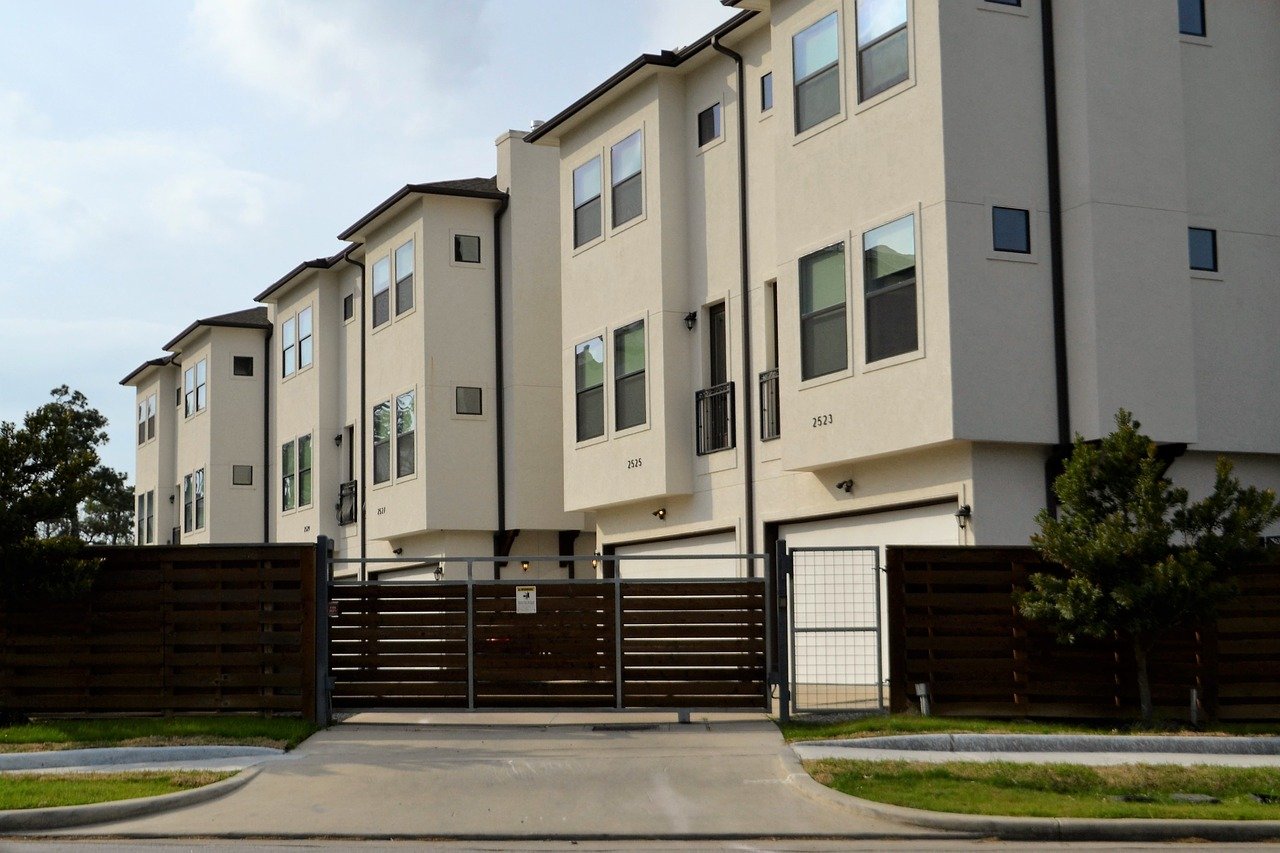
Bonus: Consider Gates, Multiple Entrances, and Also Consider Your Limitations
Many homeowners assume that putting up a fence is a weekend project they can handle with a couple of friends, but when was the last time you did it? Installing and leveling fences is notoriously tricky.
If you choose to build a fence, you may encounter several common problems. Don’t put your home’s or yard’s appearance in danger. To design and build your fence, use a professional. If you’re creating a new fence, don’t forget about it. It’s a good idea to have two gate entrances: one for pedestrians and one for equipment. While a 3- or 4-foot-wide gate is excellent for visitors, transporting large yard equipment like a lawnmower, wheelbarrow, or garbage bins between the front and back yards may be problematic with freshly arrived backyard furniture and accessories. For this reason, we propose a gate with a minimum height of 4 feet.
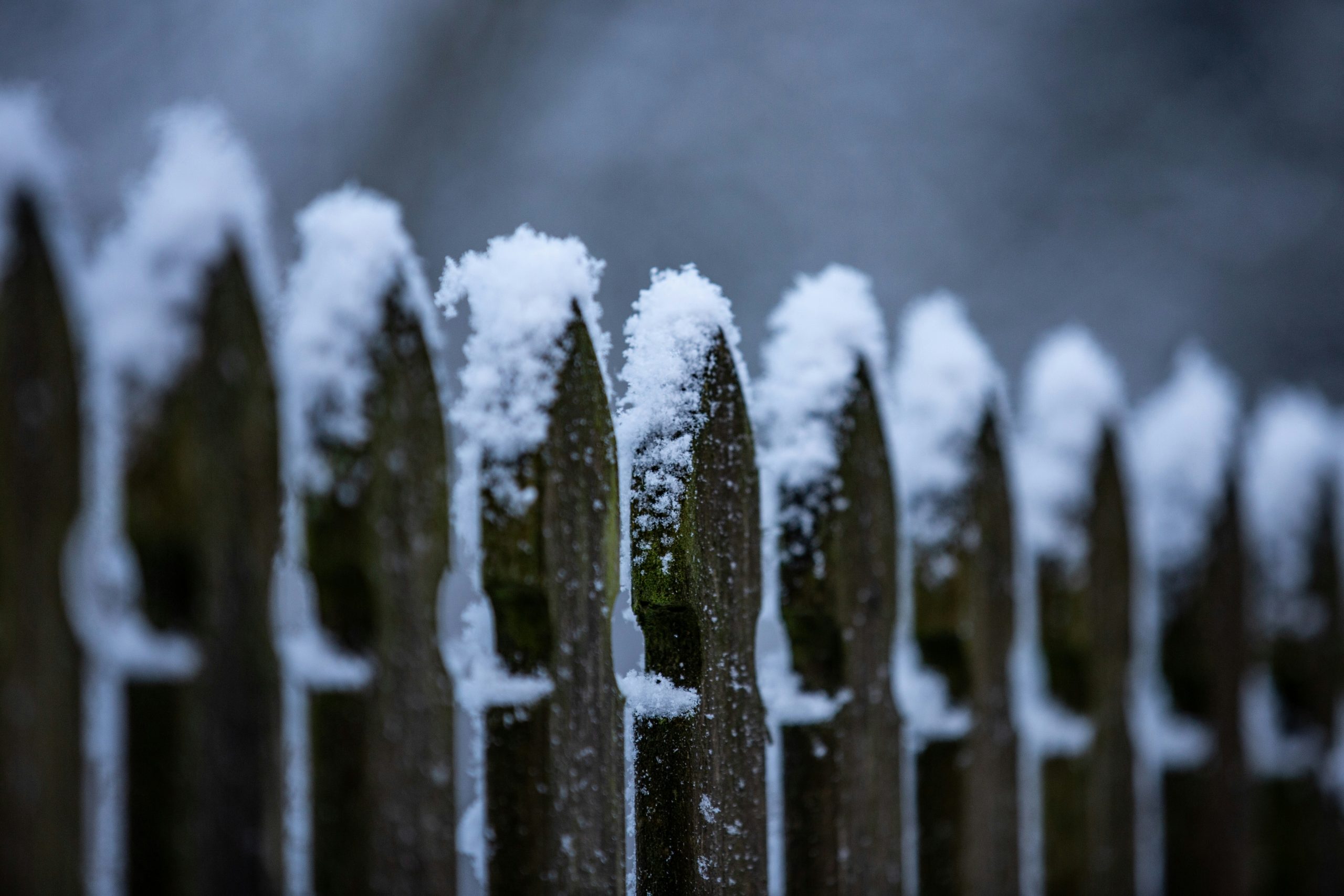
To summarize
A fence is a great home improvement job, and hiring a professional fence contractor may be in your best interest. These seven tips will help you accomplish your home remodeling project on schedule and budget while still giving your family the privacy they require.
Have you ever constructed a fence around your property? Are there any tips you’d want to offer from your experience with constructing a fence? If you have any suggestions, please share them with us!










